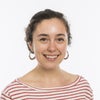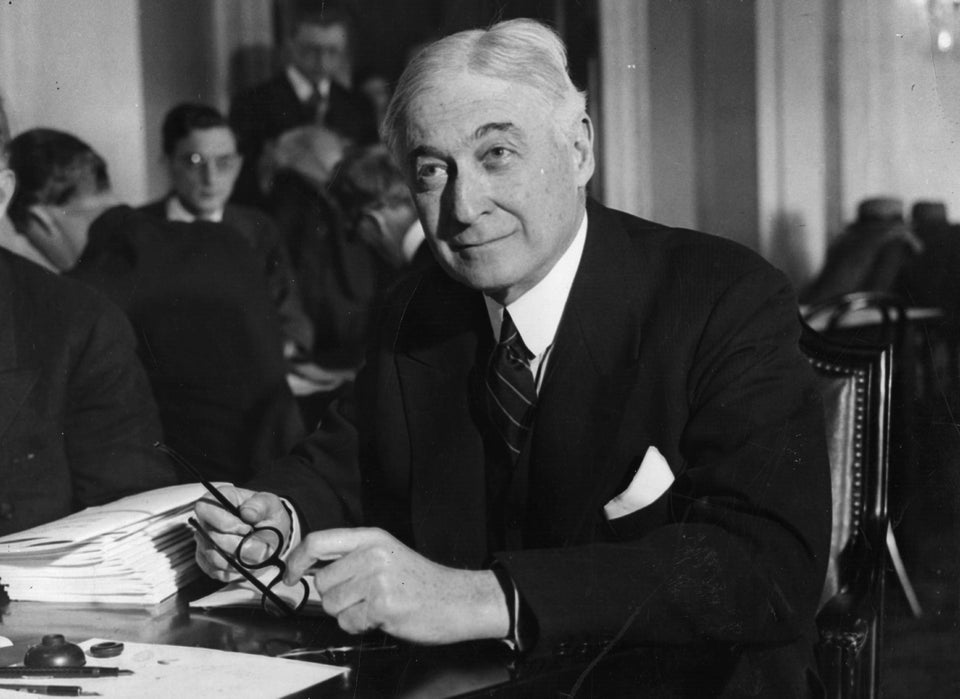"Imperfection is beauty."
This statement, expressed by Yeshiva University student Dasha Sominski, is an underlying theme in Steve Rosenfield's photography series "What I Be," a version of which was recently rejected by Yeshiva University.
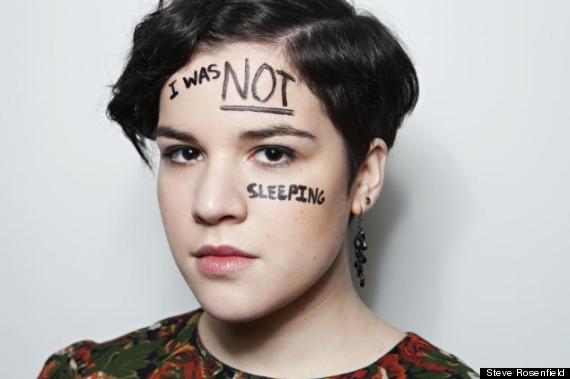
Dasha Sominski, 20.
When Yeshiva University students Mati Engel and Dasha Sominski, set out to exhibit Rosenfield's work at their school, neither of them knew exactly what they were getting themselves into.
Engel first encountered Rosenfield's work while visiting Princeton University where the show was exhibited as part of the school's Mental Health Week 2013. Upon learning the photographer was Jewish, Engel felt compelled to bring the exhibit to Yeshiva.
Rosenfield's portraits are vulnerable and daring, depicting subjects close up, brightly lit with their deepest insecurities written across their faces, necks and arms.

"The images were kind of uncomfortable but so real," Engel said. So she pitched it to YU, and the administration agreed to work with her. Engel highlights the positive tone of the early phase of negotiations, "They could have said 'no' from the get-go."
Ultimately, Yeshiva rejected the project after months of negotiation. However, Engel, Sominski and other students involved in the project continue to affirm loyalty to their school. The students insist that the Modern Orthodox university wanted to work with them but didn't know how to embrace a controversial photography series that focused on issues such as sexual abuse, homosexuality, racism and identity.
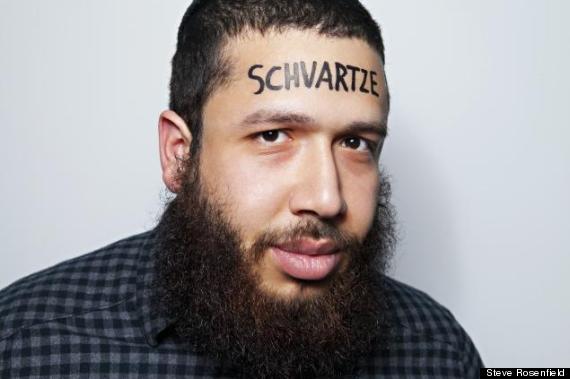
Ben Faulding with the word "Schvartze," a derogatory Yiddish term for black people, written on his forehead.
The school offered the following statement from Dean of Students Dr. Chaim Nissel:
As a university based on Torah ideals, Yeshiva University supports and encourages the artistic exploration of diverse ideas by its students and offers robust programming in dramatics and the arts—all while keeping in line with our values. After close review and much discussion of this event with the student organizers, and taking the sensitivities of all of our students into consideration, we determined that a YU venue would not be able to showcase the project in its entirety.
Engel, Sominski and Rosenfield all agree that there are certain topics the school likely does not feel comfortable with, and this reflects larger taboos within the Orthodox community. Engel was particularly sensitive to the tension from the beginning saying, "I couldn't sleep at night," she said. "I wasn't sure if we were doing the right thing."
In Sominski's mind, though, Rosenfield's exhibit is particularly relevant for the Jewish community. "It's important to bring the work to this audience, which needed it perhaps more than any other audience."

Accompanied with the caption "I am not my pants."
The artist Steve Rosenfield traveled to New York from California to photograph Yeshiva students -- a level of individual tailoring he does for every site that exhibits his series -- some days shooting for hours on end in students' apartments.
After such a display of hospitality and support, Rosenfield says he was more inspired than ever to carry the project through, even after Yeshiva decided not to exhibit it. For him, it was a matter of freedom of expression.
"Coming from a religion that has been oppressed in some of the worst ways in history, in turn [the school is] oppressing their students by not letting them speak up."
Engel and Sominski accept the school's decision but say the school missed out on the opportunity to evolve and for the older generation to learn from the younger generation. "Learn from your students!" Engel said. "We are open to being open. We are open to being transparent. We don't think people should fear the public image. It prevents growth."
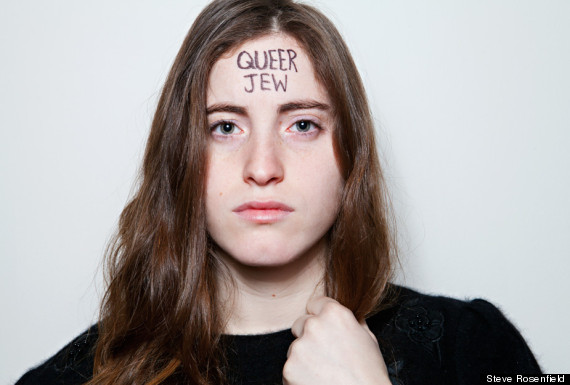
This comes at a particularly crucial time when Orthodox Judaism is experiencing high levels of attrition. Young people like Engel, who says she is observant, are caught between a religion they love and modern world they can't deny.
Despite the overall decline in Orthodox Judaism, Sominski has discovered a "thriving" community of young Jews in New York. Sominski, Engel and Rosenfield moved forward with the project after Yeshiva's refusal, renaming it "Jews of New York," and finding a new home for the exhibit in the traditionally Orthodox Brooklyn neighborhood of Crown Heights.
The revamped exhibit will open on February 22 at the Mister Rogers gallery in Crown Heights. Ruvi Leider and Avi Werde, two of the venue's organizers, say they are thrilled to have joined the project.
“It’s very human," Leider said. "It’s a project everybody can relate to.”
The "multi-purpose art space" is still in its first year of existence but Leider and Werde say they are already building its reputation as a space for non-traditional, boundary-breaking art. When Engel and Sominski approached them with the exhibit, they didn't hesitate to say yes.
"This [project] is something that should be exposed," Werde said, "and we were excited about giving them the opportunity to do that."
In a final twist of fortune, Rosenfield will return to New York from California thanks to one generous community member who reached out to Engel and Sominski and offered to pay for the photographer's ticket. He, along with Engel, Sominski, Leider and Werde, will be at Mister Rogers on the 22nd with the full, uncensored "Jews of New York" exhibit.
